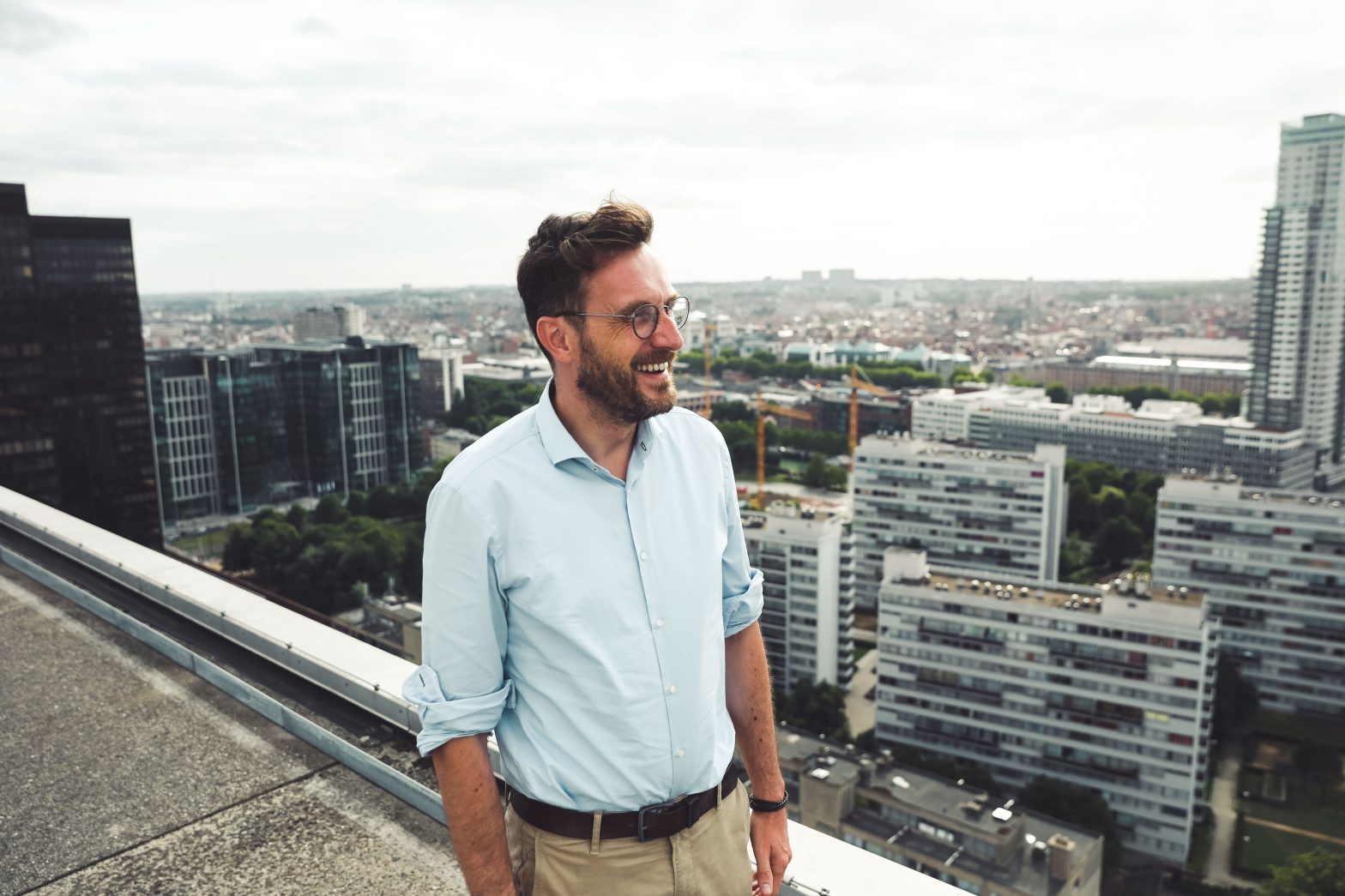
Photo: Pascal-Smet
Measuring real pollution for low emission zones 2.0
17 July 2018
by Harry
By Pascal Smet*, Minister of Mobility and Public Works of the Brussels-Capital Region
In the 1950s and 1960s, urban planners designed cities around cars. Brussels is a sad example of this: a beautiful city, torn apart by motorways cutting through neighbourhoods. Belgium’s taxation policy over the last couple of decades has made the situation a whole lot worse. It is now more beneficial to live outside a city where taxes are lower, particularly if your employer provides a company car as a perk. Many employees are even issued with a fuel card, which makes the cost of travelling by car negligible.
The result for Brussels is that of the 350,000 commuters coming into and leaving the city every day, half do so by car and often they are the sole occupants of that car. As a result, Brussels is one of the most air-polluted cities in Belgium, resulting in a comparatively high incidence of respiratory disease in children. Breathing bad air in our cities can equate to smoking 10 cigarettes a day.
The solutions are clear. Firstly, tax policy needs to promote living and working in the same location and it should ease people towards more sustainable modes of transport. Secondly, we need to invest in alternatives. Suburban rail infrastructure has to be brought into operation. We also need to extend the metro lines and connect them to Park & Rides on the outskirts. But, thirdly, and perhaps most importantly, we need to create qualitative public space.
International research shows that the more space you give to cars, the more cars you attract. Indeed, the most car-friendly cities are also the most congested. Here, the answer is twofold: we need to return space to pedestrians and cyclists, and cars that enter the city should be fewer and cleaner.
Brussels is slowly but surely making that move, from a city for cars to a city for people. We are creating pedestrian zones and redesigning city highways that intersect neighbourhoods into urban boulevards with more space for pedestrians, cyclists and public transport. In January we implemented a low emission zone, which year-by-year will ban the most polluting cars up until 2025, when only the cleanest cars will be allowed to drive in the Brussels-Capital Region.
Creating a low emission zone is a necessary measure, but it needs an update. Firstly, the best low emission zone is a zone in which no cars—or fewer cars—are allowed. We therefore need to dare to ask the question: should low emission zones not only ban access for certain types of cars, but also limit the number of cars that are allowed access? Automated vehicles, preferably shared ones, will be a catalyst in that respect.
We will need fewer cars to make the same movements as we do today. Secondly, when designing emissions-related policies, our streets should be the starting point, not the labs. We need to base our policy on real emissions, not the theoretical fact sheet you are presented when buying a car in a shiny showroom.
Measuring real emissions and showing them real-time in the very environment in which we live is not only common sense but absolutely necessary to create credible policy. There is now technology that allows us not only the measure local pollution in a specific area, but also individual car pollution in a certain situation: a car setting off when the light turns green, a truck accelerating after a speed bump or a slowly moving traffic jam next to a park.
Low emission zones of the second generation should go beyond the EURO-norms they use to define their policy, using new technology to redesign streets and further define the rules on the basis of which vehicles are allowed in urban environments. This is the only way forward for cleaner air and more liveable cities.
——-
Pascal Smet has worked as the Minister for Mobility and Public Works of Brussels since 2014. He studied law at the University of Antwerp and spent his early career as a civil servant at the Office of the Commissioner General for Refugees and Stateless Persons, before becoming the Commissioner General for Refugees. He was appointed as Secretary of State for Mobility for the city in 2003, and in 2009, he entered the Flemish government as the Minister for Education, Youth, Equal Opportunities and Brussels.






